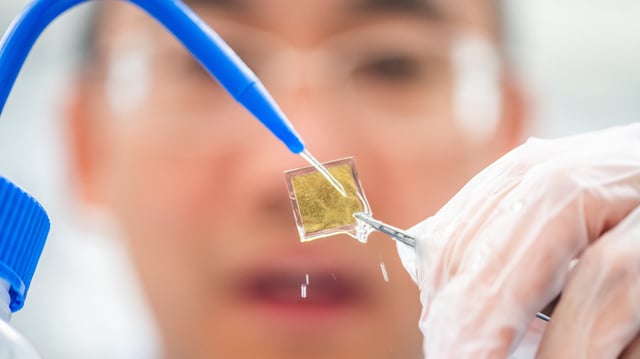Overview
- The Ni(OH)₂/Co₃O₄/3C-SiC composite combines cubic silicon carbide, cobalt oxide and a nickel hydroxide catalyst to harness sunlight for photochemical water splitting.
- Layered heterojunctions within the material generate internal electric fields that suppress electron-hole recombination and improve charge separation.
- Laboratory tests recorded an eightfold increase in hydrogen production performance compared with pure cubic silicon carbide under solar illumination.
- Existing photocatalysts typically achieve 1–3% solar-to-hydrogen conversion efficiency, while the new composite narrows the gap toward the 10% target for green hydrogen commercialization.
- Researchers estimate that continued material refinement could meet the 10% efficiency benchmark within five to ten years, advancing prospects for clean heavy-duty transport fuel.

